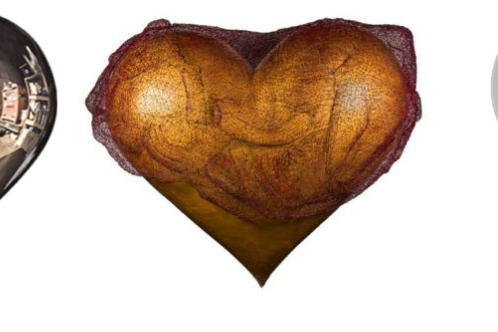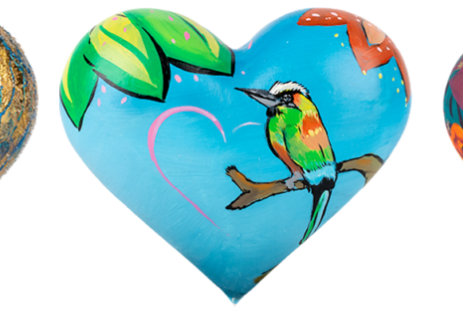Nonprofit Major Donor Fundraising A B C’s

You don’t just roll out of bed one day, randomly go visit a major donor prospect and ask for a random amount. At least not without a boatload of advance preparation. Right?
It’s a lot smarter to begin at the beginning.
And then take it step by step from there.
According to a plan.
A plan to secure BIG gifts for you BIG mission.
It’s always a great time to review what you can do to get yourself and your solicitors (staff and volunteers) ready to make win/win matches between your organization and your prospective major donor/investors.
Ready for some A, B, C’s?
Details

 Does your nonprofit promote stock gifts? You should!
Does your nonprofit promote stock gifts? You should!